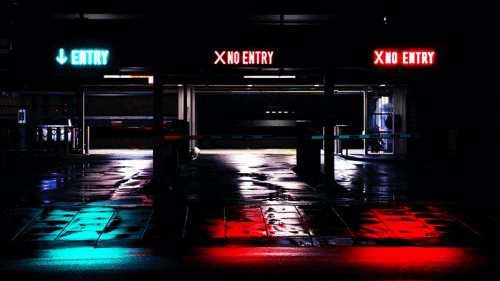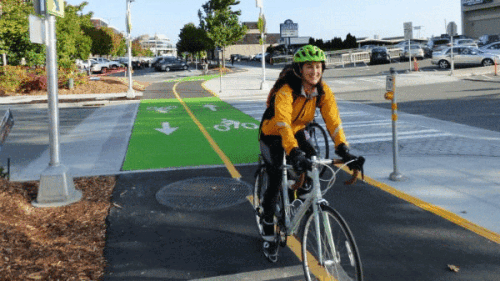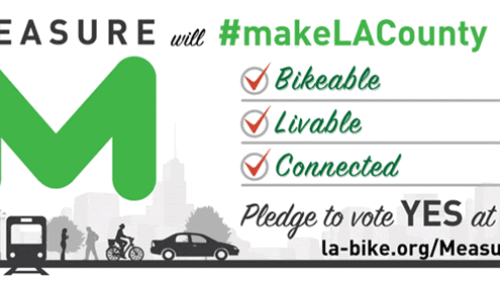Infrastructure
A new study of TOD and parking, Empty Spaces, which focused on five case studies and was released by Smart Growth America in partnership with the University of Utah’s College of Architecture and Planning, found that even some of the top TOD projects in the United States had built too much parking.
Even Amsterdam’s fairly modern sewage system and the ubiquitous canals and rivers are not likely to withstand the kind of intense rainfall Europe has recently experienced. Expanding the existing infrastructure to process ever-larger amounts of water is also not viable. The ultimate solution lies in a variety of measures ranging from very small ones, such as individuals putting water tanks in gardens, to larger projects like installing permeable surfaces in public spaces.
Seattle’s Westlake Avenue bikeway was named America’s best new bike lane of 2016 last month by People for Bikes, an industry coalition of bicycling suppliers and retailers, as well as a charitable foundation. What makes the $3.6 million project notably effective is that it takes advantage of the flat topography close to Lake Union which is beneficial to cycling while also connecting an existing network of trails to a desirable destination.
Seattle is one of the fastest-growing cities in America, and the city is making bold investments to ensure most residents live within walking distance of frequent transit, according to a new video produced by StreetFilms and TransitCenter.
By the time the first passengers boarded Cincinnati’s streetcar in September, its advocates had already been on a wild 15-year ride that included surviving two ballot initiatives to derail the project. The Cincinnati Bell Connector—the streetcar’s formal name, thanks to that company’s ten-year, $3.4 million naming-rights deal signed in August—began clanging through Cincinnati’s streets at a time when construction continues ramping up in the city center.
As the Denver metropolitan area has topped 3 million residents, potentially accelerating toward 4 million, a sustainable land use template for future mobility and economic, social, and environmental health is emerging within the framework of the 122-mile (196 km) FasTracks rail and bus rapid transit network, which includes expansion with five new transit lines this year. A ULI Colorado event in early November attracted participants from Colorado and beyond to tour various transit-oriented development sites and hear about lessons learned and future trends.
In November, voters across the United States endorsed numerous state and local ballot measures approving additional funding for green space, land conservation, and public transportation.
From reconfiguring garages for adaptable uses to creating space for storing drones, experts in parking discuss new ways to design garages.
Panelists at the ULI Los Angeles transit-oriented development event held in October agreed that affordable housing has moved to the top of the agenda for local agencies and planners. Traffic and walkability are still priorities, but affordable housing is the Holy Grail in the city.
Fort Worth’s bold plan of dredging channels and tearing down levies would enhance flood control, connect people with the waterfront—and double the amount of land in the city’s downtown.









